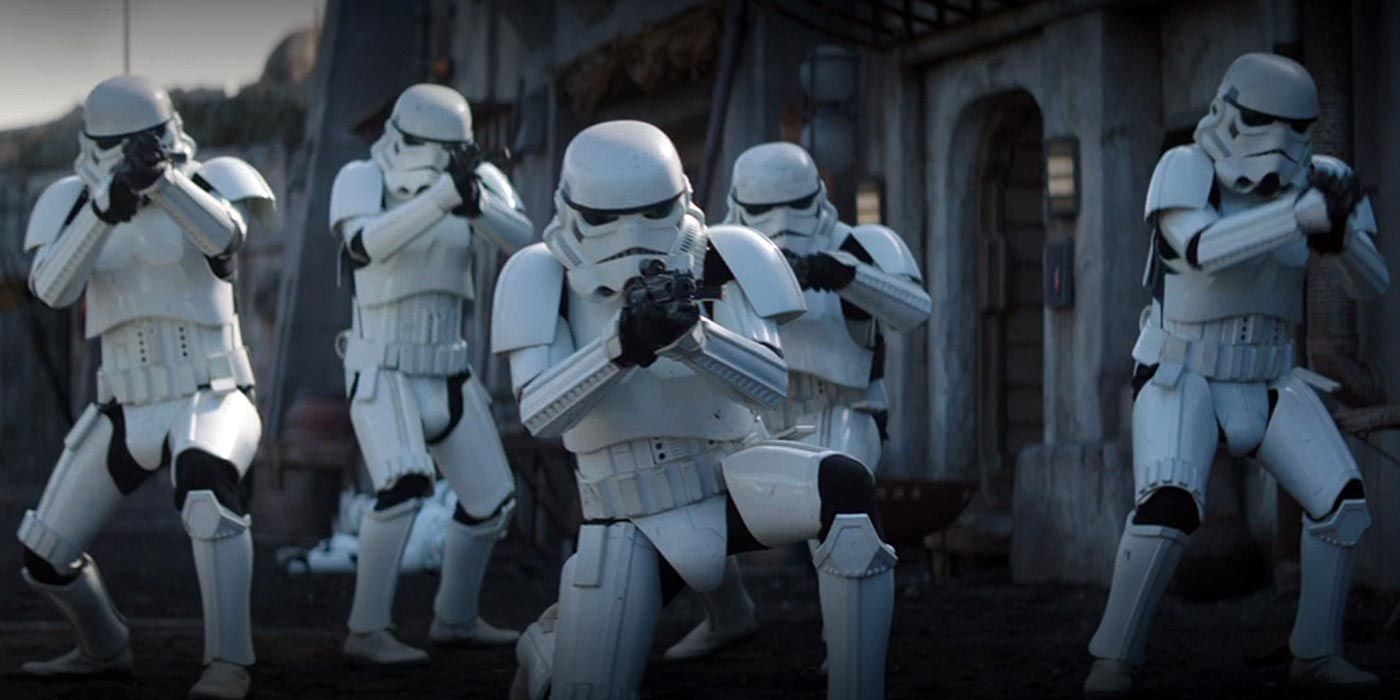The original Star Wars trilogy takes clear inspiration from a plethora of classic movies and storytelling techniques. From the Western gunslinger of Han Solo to the Samurai-like teachings of the Jedi Knights, all of these concepts are twisted by being placed into a science fiction setting. Yet Star Wars creator George Lucas has revealed that one of the largest inspirations wasn't a movie but, instead, a real-life event – the Vietnam War.
In 1965, America entered the Vietnam War and began sending troops, with over 500,000 Americans deployed by 1969. By the time the war ended in 1975, close to 60,000 Americans had died, and the war was considered a complete failure. Due to the questionable nature of joining the war and the extensive brutality that was being filmed live for television, many American people were against it, one of them being George Lucas.

During a 2005 interview with the Boston Globe, Lucas said, "I love history, so while the psychological basis of 'Star Wars' is mythological, the political and social bases are historical." This comes as no surprise, as inspiration from history can be seen throughout. It's no coincidence that the Empire is often referred to by viewers as Space Nazis, as their dictatorship and prejudice against non-human species are purposefully representative of the Nazi Party during World War II.
But in 2018, George Lucas sat down with director James Cameron to talk Star Wars and revealed how the Empire was also meant to resemble America. Cameron first points out how the rebels are a small group using asymmetric warfare against a highly organized Empire and that nowadays, they would be called terrorists. Lucas then replies, "When I did it, they were Viet Cong." In other words, he saw the Vietnamese as the rebel heroes and America as the villains invading their territory.
He further explains that Star Wars was a "vessel" to put his world views into and that America had become an empire during the Vietnam War; one that was doomed to fail like every empire before it. Cameron then notes how these views carried over into the prequel trilogy, especially with Padmé's line, "This is how liberty dies, with thunderous applause." Lucas replies, "We're in the middle of it right now," referring to the country's political state at the time.

While George Lucas is very open about his political views nowadays, he still made them clear back during Star Wars' creation. In the 2013 book The Making of Return of the Jedi, it's said that Lucas attended a story conference in 1981 and was asked if Palpatine was a Jedi, to which Lucas said, "No, he was a politician. Richard M. Nixon was his name. He subverted the senate and finally took over and became an imperial guy and he was really evil. But he pretended to be a nice guy."
With Richard Nixon's presidency ending in 1974 and the war coming to a close in 1975, it was clearly still fresh in Lucas' mind. And despite this story conference taking place in 1981, the description of Palpatine's background is incredibly close to his rise to power during the prequels. This shows that while the designs and storytelling of Star Wars resemble other 20th century media, its core roots come from the Vietnam War and Lucas' need to, as James Cameron puts it, "Stick it to the man."


